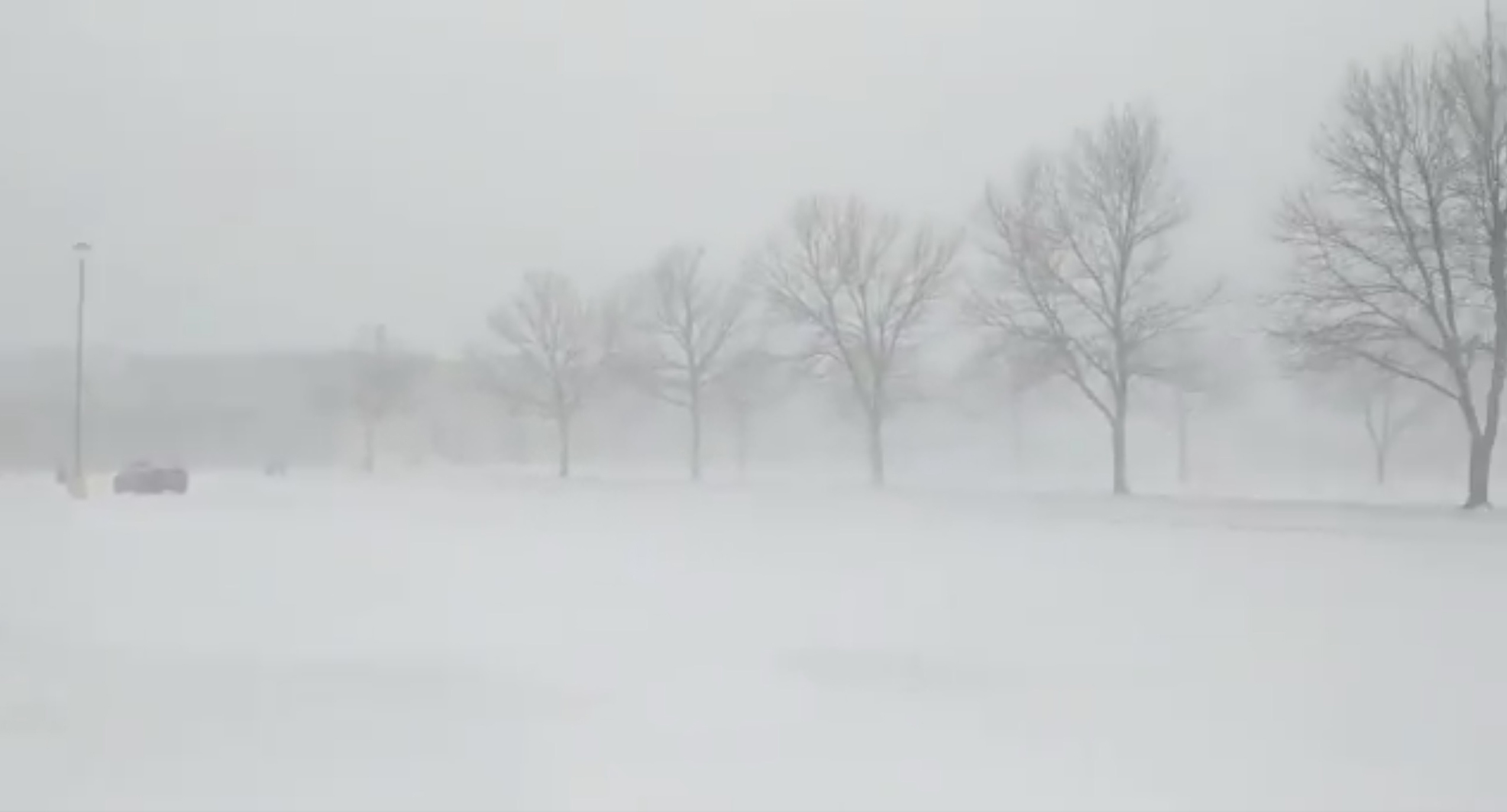
By Corina Pons and Mayela Armas
VALENCIA, Venezuela (Reuters) – The latest power outage kicked off another tough week for factory owner Antonello Lorusso in the city of Valencia, once Venezuela’s industrial hub.
For the past month, unprecedented nationwide blackouts have paralyzed the factory and the rest of the country, cutting off power, water and cell service to millions of Venezuelans.
Lorusso’s packaging plant, Distribuidora Marina, had already struggled through years of hyperinflation, vanishing client orders and an exodus of employees.
But now the situation was worse.
For the whole month of March, Lorusso said his company produced only its single daily capacity: 100 tonnes of packaged sugar and grains.
When Reuters visited on April 8, he was using a generator to keep just one of a dozen packaging machines running to fulfill the single order he had received. Power had been on for a few hours, but was too weak to work the machines.
“There is no information, we don’t know if the blackouts will continue or not,” said Lorusso, who has owned the factory for over 30 years. He said the plant had just a day’s worth of power during the previous week.
Power has been intermittent since early March, when the first major blackout plunged Venezuela into a week of darkness. Experts and the opposition have called the government incompetent at maintaining the national electrical grid.
President Nicolas Maduro has accused the opposition and the U.S. government of sabotage.
Venezuelan industry has collapsed during six years of recession that have halved the size of the economy. What is left is largely outside of the capital Caracas, the only major city that Maduro’s government has excluded from a power-rationing plan intended to restrict the load on the system.
In Valencia, a few multinational companies like Nestle and Ford Motor Co hang on. But according to the regional business association, the number of companies based there has fallen to a mere tenth of the 5,000 situated there two decades ago, when Maduro’s predecessor Hugo Chavez became president.
‘THE GAME IS OVER’
The government said on April 4 that the power rationing plan meant Valencia would spend at most three hours a day without electricity.
But a dozen executives and workers there said outages were still lasting over 10 hours. Generators are costly and can only power a fraction of a business’s operations, they said, and many factories have shut down.
“The game is over. Companies are entering a state of despair due to their inviability,” said an executive of a food company with factories in Valencia, speaking on condition of anonymity.
Industrial companies this year are operating below 25 percent of capacity, according to industry group Conindustria. It estimated companies here lost about $220 million during the days in March without power, and would lose $100 million more in April.
Nestle’s factory, which produces baby food, halted production during the first blackout in early March and operations again froze two weeks later, with employees sent home until May, according to Rafael Garcia, a union leader at the plant.
He blamed the most recent stoppage on very low sales of baby food which cost almost a dollar per package, or about what someone earning minimum wage makes in a week.
“My greatest worry is the closure of the factory,” said Garcia, as he sat at a bus stop on Valencia’s Henry Ford Avenue, in the city’s industrial outskirts where warehouses sit empty and streets are covered in weeds.
Nestle, in a statement to Reuters, said it had “temporarily interrupted its manufacturing activities” at its Valencia factory due to a lack of demand and would resume production in May.
Ford’s plant had been operating at a bare minimum for several months, union leaders said. In December, the carmaker began offering buyouts to staff after it received no orders for 2019, they said. Ford had said in December it had “no plans to leave the country.”
The outages have idled more than just factories. In the countryside, lack of power has prevented farmers from pumping water to irrigate fields.
Since January, farmers have sown 17,500 hectares of crops – a third of the area seeded last year – and they fear losing the harvest due to the lack of water, according to agricultural associations.
In the central state of Cojedes, several rice growers have already lost their crops, farmers said.
“In the rural areas, the blackouts last longer,” said Jose Luis Perez, spokesman for a federation of rice producers.
Producers of cheese, beef, cured meats and lettuce told Reuters orders had dropped by half in March as buyers worried the food would perish once their freezers lost power in the next blackout.
Back in Valencia, Lorusso was preparing his factory for the new era of scarce power. He has converted one unused truck in his parking lot into a water tank. He plans to sell another to buy a second generator.
“We’ve spent years getting used to things. Then we were dealt this hard blow, and now we’re trying to find ways to cope,” he said.
(Additional reporting by Tibisay Romero in Valencia; writing by Angus Berwick; editing by David Gregorio and G Crosse)
















